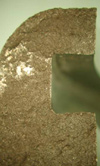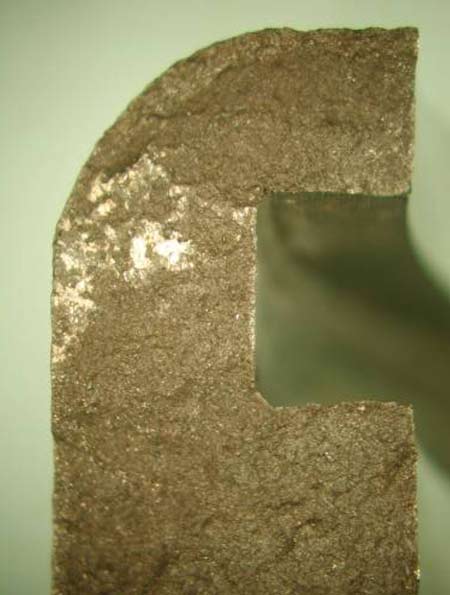Residual stress?
 For 'normal people' stress is something to be avoided; not so however for engine developers. It is something we have learned to live with, and even use to our advantage. So, what about residual stress then?
For 'normal people' stress is something to be avoided; not so however for engine developers. It is something we have learned to live with, and even use to our advantage. So, what about residual stress then?
Every mechanical engineer has learned during his or her education that one can only load a structure so much, until the maximum permissible stress is reached. This implies that an external load of some kind is being applied to that structure. In the meantime we have all kinds of simulation possibilities to predict the maximum loading. Every so often, simulation results do not correspond with real-life behaviour. In that case things get rather more complicated, especially when the structure fails earlier then expected.
One possible reason, especially when dealing with cast parts, is the presence of residual stresses. Let us take a closer look at what this is.
Residual stress is defined as stresses that remain in a material without the application of an external load such as force, displacement or thermal gradient. Engineers working on structural cast parts, such as engine blocks and cylinder heads, will know what I'm talking about.
The mechanical properties of cast cylinder blocks are not uniform. Differences in wall thickness and overall geometry will result in non-homogeneous cooling, solidification and structure, and therefore the mechanical properties throughout the part. It is these factors that are also related to the residual stresses.
Residual stresses can lead to the initiation of cracks, often in combination with additional external loading. In extreme cases, and even without external loading, residual stresses have led to failure before the part has even been used. On the other hand, when it concerns compressive stresses it can also be beneficial to have these in the part, as it leads to increased 'loadability'.
More often than not the part will not fail, but other unwanted issues, such as deformations during machining of the part, can arise. Since typical values for residual stresses in a cast-iron cylinder block are about 150 MPa, both in compression and in tension, this will not directly lead to major issues. But given today's tolerancing and required accuracies, it does increase the risk significantly of producing scrap. To prevent this from happening, heat treatment can be used to reduce and balance the residual stresses. Given sufficient experience and development of the heat treatment process and its settings, overall stress levels can be reduced.

Perhaps the most important observation looking at the complex array of stresses, internally and externally, is that in today's world we cannot do without integrated simulation techniques any more. As I mentioned above, straightforward simulation results often do not fully correlate with real life, especially in the context of ever increasing performance:weight ratios. When looking at the current complexity of castings used in high-performance race engines, one can imagine that the influence of the production process has to be taken into account in the simulation process, and given the same relevance as all other loads on the component.
In summary, the addition of assembly, thermal and firing loads, combined with the casting stresses, will provide the most accurate safety factor, something every engineer is looking for. Local stress values, which are required to predict the final loadability of the part, can only be provided by detailed casting process simulation, using advanced non-linear elastic and plastic material models.
Fig. 1 - Cracked cast-iron cylinder block due to residual stresses
Written by Dieter van der Put